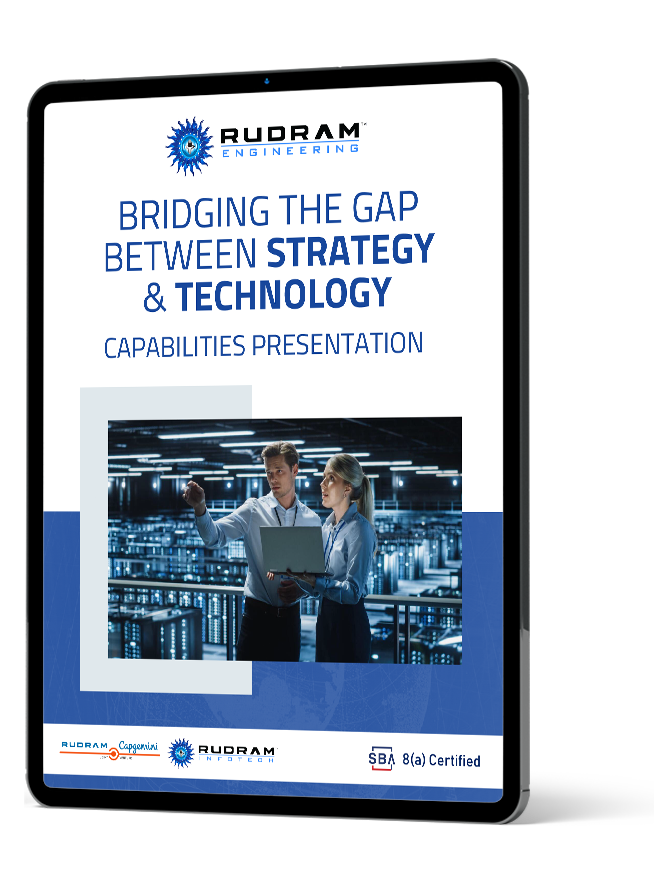Safety-critical industries—such as aerospace, automotive, defense, and medical devices—operate under stringent regulatory frameworks. Standards like DO-178C, ISO 26262, and IEC 61508 demand not only functional safety but also complete traceability, early risk mitigation, and verifiable compliance documentation.
Traditional, document-centric systems engineering often falls short in meeting these demands. Model-Based Systems Engineering (MBSE) has emerged as a powerful approach to bridge this gap—enabling organizations to design, validate, and verify complex systems with confidence and precision.
Safety-critical systems must meet detailed regulatory guidelines to ensure public safety, system reliability, and legal compliance. This often includes:
However, these deliverables are difficult to manage using siloed tools and disconnected documentation. Errors or missed traceability links can lead to non-compliance, project delays, or even product recalls.
MBSE replaces static documentation with dynamic, connected models that represent system architecture, behavior, requirements, and safety logic. These models are central to streamlining regulatory compliance.
As of 2025, several trends are accelerating MBSE’s role in compliance-driven industries:
Rudram Engineering is among the solution providers leveraging these trends to help organizations in regulated industries modernize their development practices while staying audit-ready.
To effectively support compliance using MBSE, engineering teams should:
For companies lacking in-house expertise, working with a specialized partner Rudram Engineering—especially for MBSE implementation in compliance-sensitive environments—can reduce risk and accelerate delivery.
Leading MBSE platforms now include features like:
These tools not only support compliance—they make it repeatable and scalable.
Aerospace: A flight control system designed with MBSE showed 40% faster traceability coverage for DO-178C certification.
Automotive: Using MBSE to allocate ASIL levels and simulate failure chains early helped one OEM reduce ISO 26262 rework by 30%.
Medical Devices: Modeling safety requirements and controls as part of system architecture shortened the FDA design control cycle by several months.
Compliance in safety-critical systems isn’t optional—it’s essential. MBSE offers a scalable, traceable, and simulation-driven approach that aligns perfectly with the demands of modern regulatory environments.
Organizations that adopt MBSE not only improve safety outcomes but also streamline their path to certification. When paired with the right expertise—such as that offered by Rudram Engineering—MBSE becomes more than a modeling strategy; it becomes a compliance accelerator.

Rudram Engineering Inc. (REI) is a well-known pioneer in software systems engineering, recognized for its creative solutions and the latest cutting-edge technologies. By focusing its resources on developing cloud-based technologies, REI further employs the power of DevSecOps to build security into the software development life cycle. The company also adopts Agile software development methodologies to be flexible, effective, and quick in delivering quality software solutions. Rudram Engineering Inc. is a name that epitomizes quality with innovation; it establishes new yardsticks in the industry with solid, scalable solutions that meet the dynamic demands of engineering.
As software becomes more complex, the need for thorough testing increases. In 2025, advancements in automated testing, AI-powered testing tools, and continuous quality assurance are expected to play a major role in ensuring reliable software delivery.
Actionable Insight: Thorough testing is essential to ensure that your software meets customer expectations and performs reliably. At Rudram Engineering, we employ comprehensive testing protocols to ensure every product we deliver is both robust and secure, minimizing bugs and maximizing customer satisfaction.
Rudram’s commitment to excellence, transparency, and customer satisfaction sets them apart. They maintain strategic partnerships to harness cutting-edge technologies and expand their capabilities, ensuring that clients receive the best possible solutions.
No-code and low-code platforms are gaining momentum as businesses seek faster, more accessible ways to develop software. These platforms allow individuals with little to no programming experience to build functional applications, reducing the time and cost of development.
Actionable Insight: Incorporating no-code or low-code platforms can speed up your application development, especially for simple or routine tasks. Rudram Engineering leverages these tools when appropriate to accelerate delivery without sacrificing quality or flexibility.